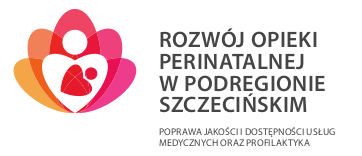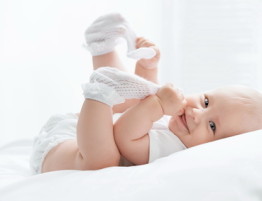FIRST AID
When anything wrong happens to our child, we would give anything for the knowledge on how to help him or her, for the certainty that we do it well and that we keep the baby alive before the ambulance service arrives. In a brief moment we find out that the knowledge of giving pre-medical first aid is more valuable than foreign language lessons or a dancing classes. Every individual should acquire that knowledge, and in particular every parent, grandparent or care giver. The best solution is enrolling on a first aid course (preferably a course dedicated to giving aid to children). You will learn not only the theory, but you will also find out how hard the chest must be compressed, how much air needs to be blown into the lungs during ventilation, how you handle a difficult situation. Such knowledge gives strength and peace of mind. It makes you less afraid and less likely to panic, if life puts your skills to the test. It is always a moment, one moment that may influence the entire life. There is no time to look up first aid in a book or consult “Doctor Google”. You need to be prepared beforehand, you need to find out how to help the child if it was unexpectedly involved in an accident.
Before you start giving first aid, you need to assess the danger. Secure the place of incident. Make sure that you yourself and people in the vicinity are safe (e.g. your other child). Call for help. Even if it seems to you that there is no one close by, shout. Maybe someone will hear you anyway (e.g. a neighbor).
Assess the child’s condition, consciousness. Check if the child reacts to your calls, to shaking, pain (e.g. squeeze the clavicle area with two fingers). Speak calmly, but not loudly, so as not to scare the child. Do it in a manner suitable to the child’s age.
If the child reacts, leave it in the same position in which you found it and call the ambulance (999/112). Check the child’s status. If the child stops reacting, start acting.
Restore the patency of the airways: lay the child on its back, lay one of your hands on the child’s forehead, and with 2-3 fingers of the second hand lift its chin up – this will cause the infant’s flaccid and large tongue to move to the back and will open the airways, permitting free breathing. For a maximum of 10 seconds observe the child’s breathing: we lower our face over the child’s face and visually assess chest movements, using our hearing we evaluate if any air flow is audible when it inhales and exhales and using touch we assess if we can sense air flow on our cheek.
If the baby is breathing, arrange its body into a recovery position (lateral recumbent position), and if the child is not breathing start resuscitation.
Position your mouth in such a way so as to cover both the baby’s mouth and nose. Make a gentle breath to raise the chest. If the chest rises, make a total of 5 such breaths. Check if breathing returns – as it often does with children. If the breath has not returned, perform indirect cardiac massage.
We press on the lower part of the sternum at 1/3 of its length. Imagine a line linking nipples. The right spot to press on is on the sternum, a little below the imagined line. Press with two straightened fingers, your middle and your ring finger, directed vertically downwards. The pressure should be quite strong, so that the chest is lowered by approximately 1-2 cm.
Press quickly (about 100-120/min), make 30 such presses and then 2 rescue breaths. Repeat the sequence two more times.
Check for breath. If it has not returned and you are alone, now is the time to call the ambulance. Once your call has been taken by a dispatcher, return to indirect cardiac massage (30) alternating with rescue breaths (2). Continue the cycle 30:2 until the emergency services arrive, the condition of the injured child improved, your physical exhaustion or risk of any danger.
Prepared by: Beata Tomczyk




